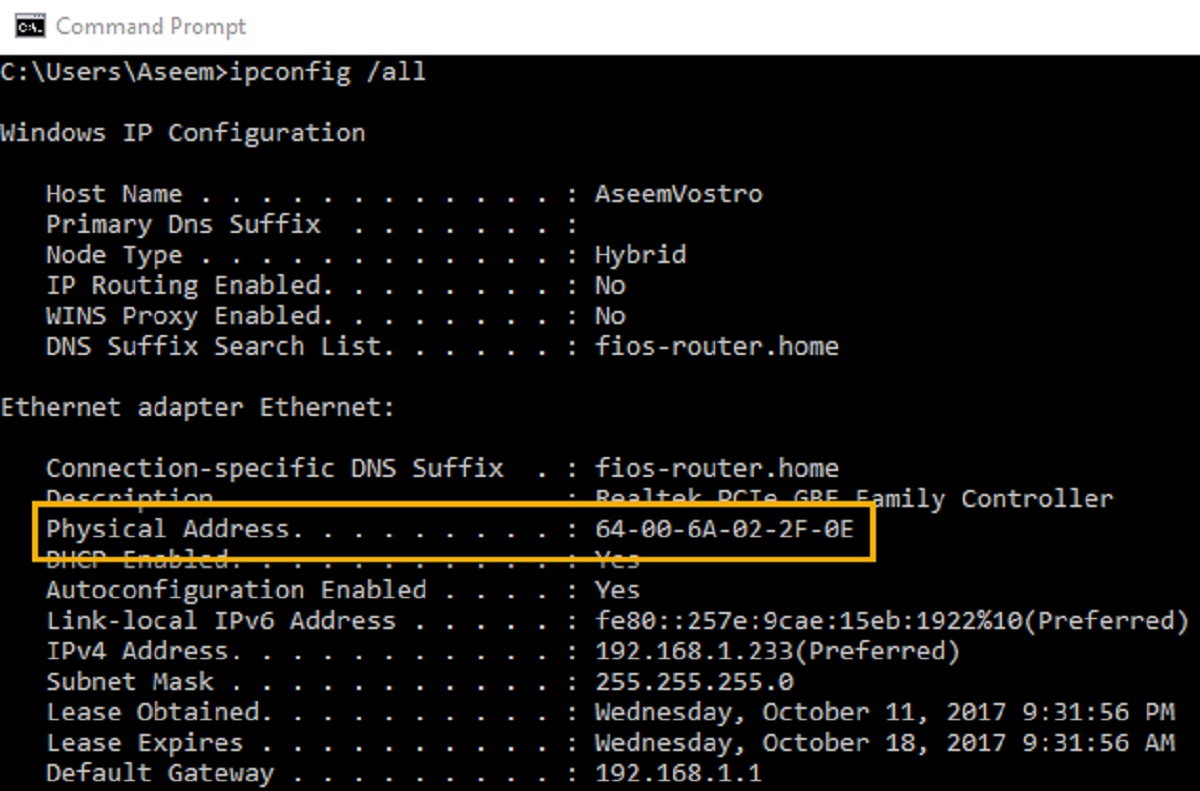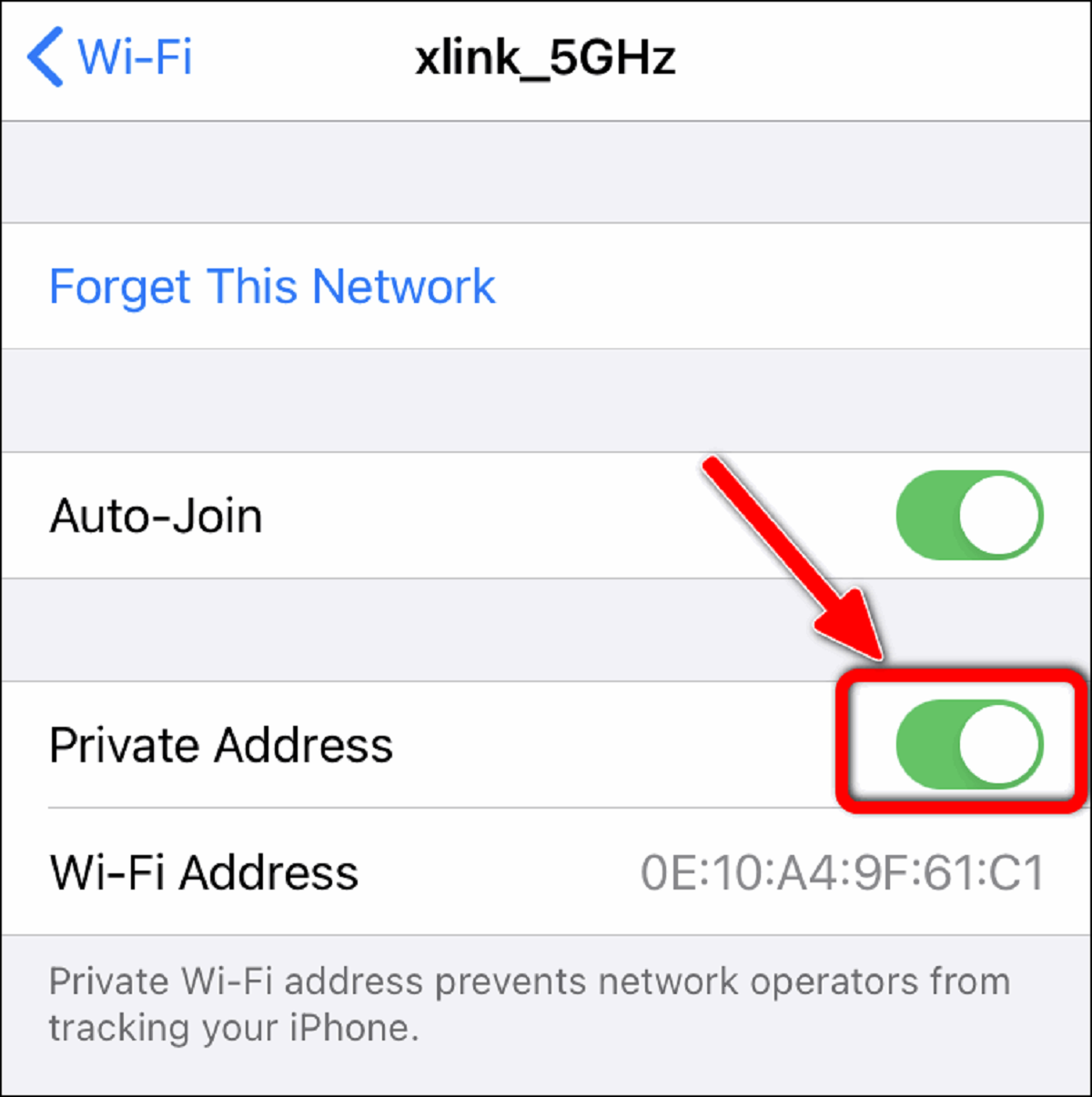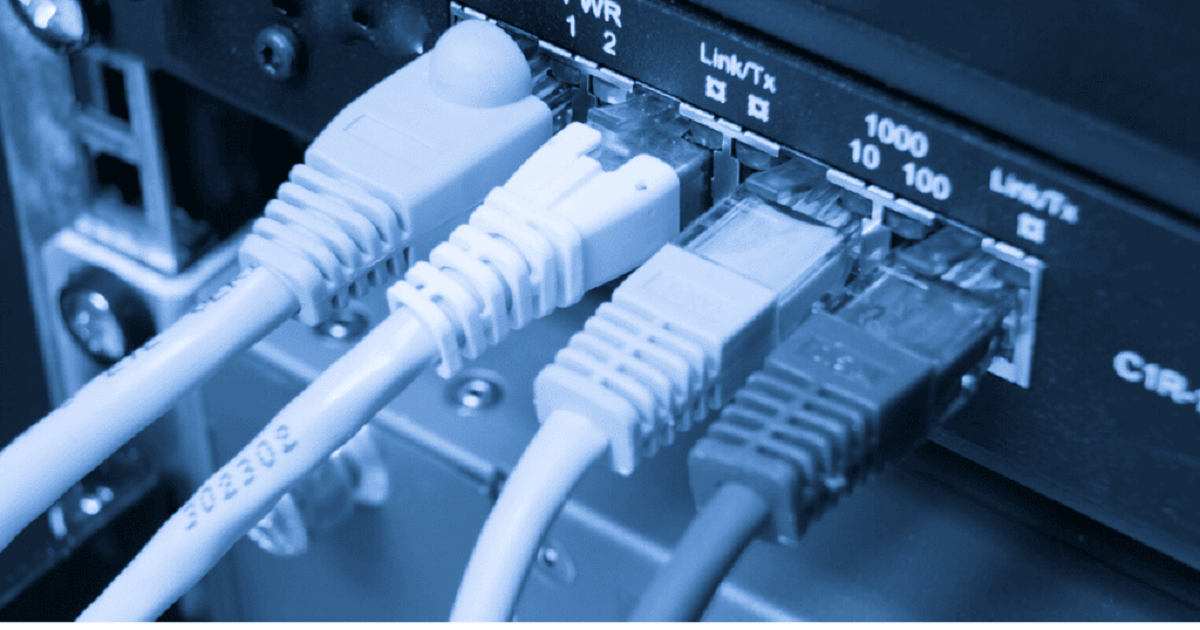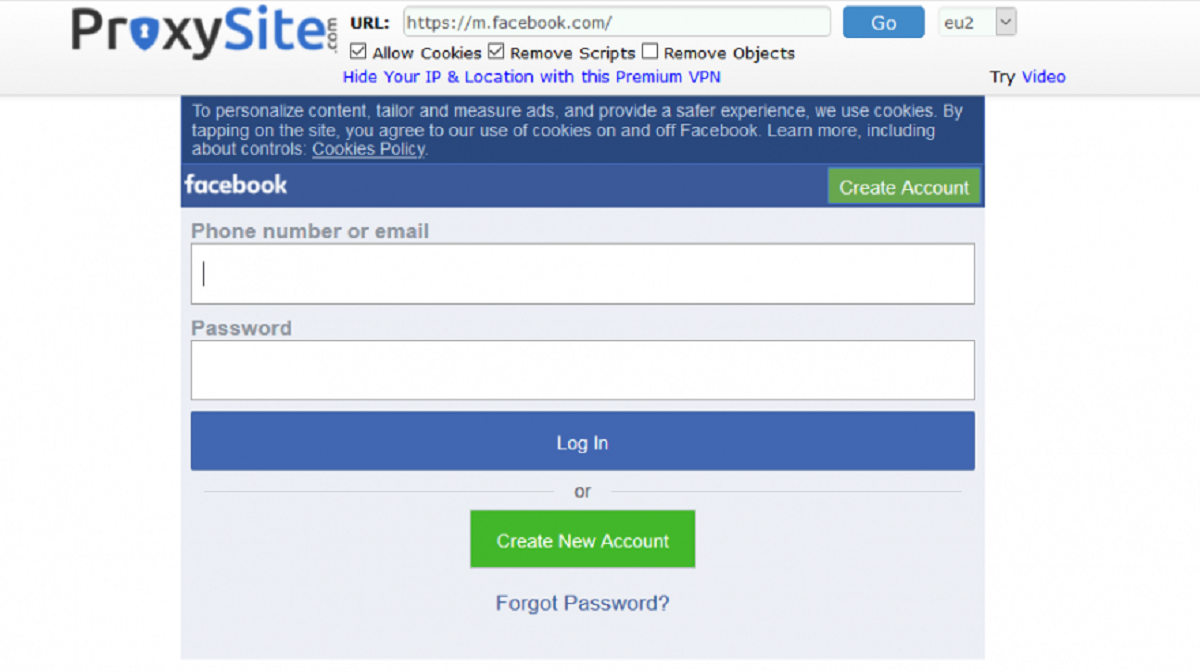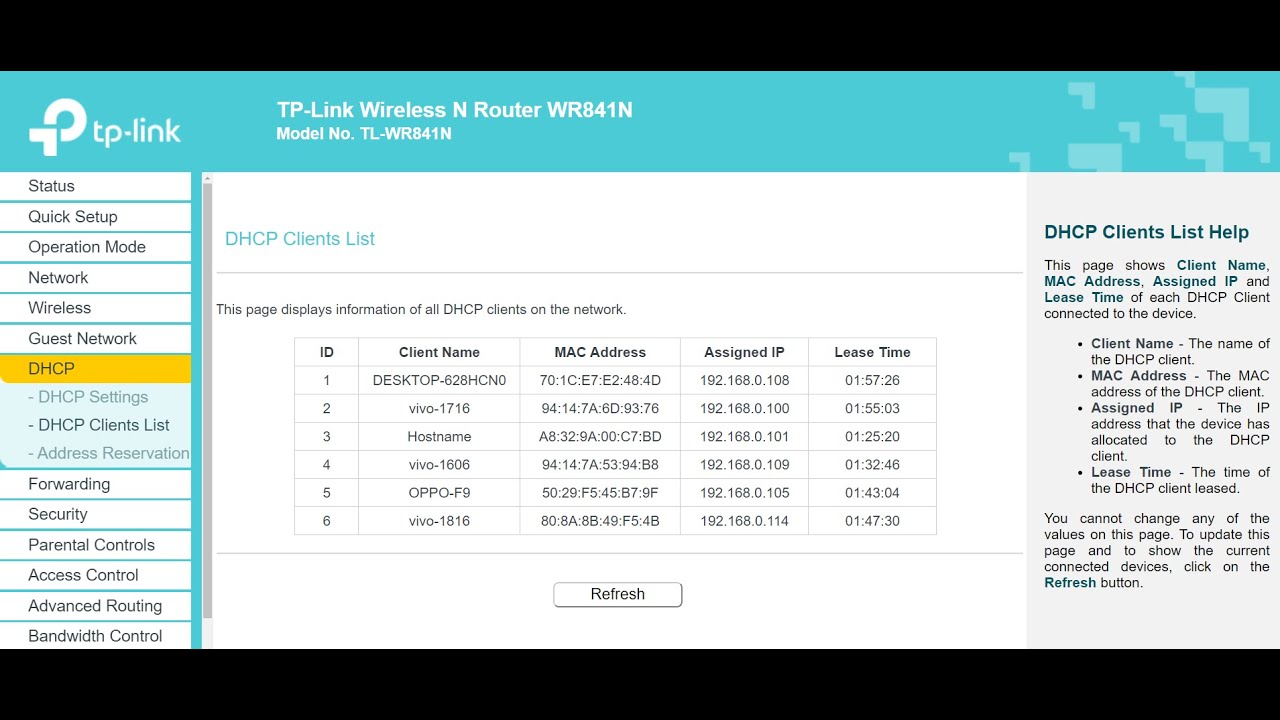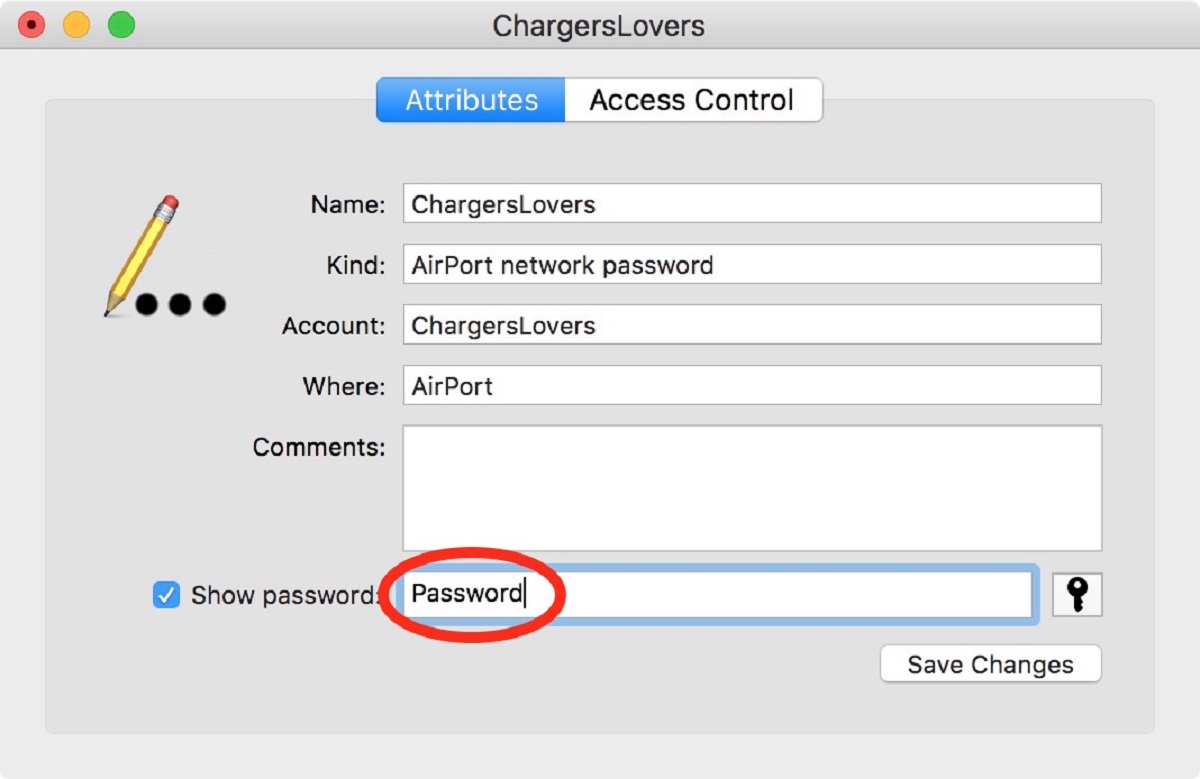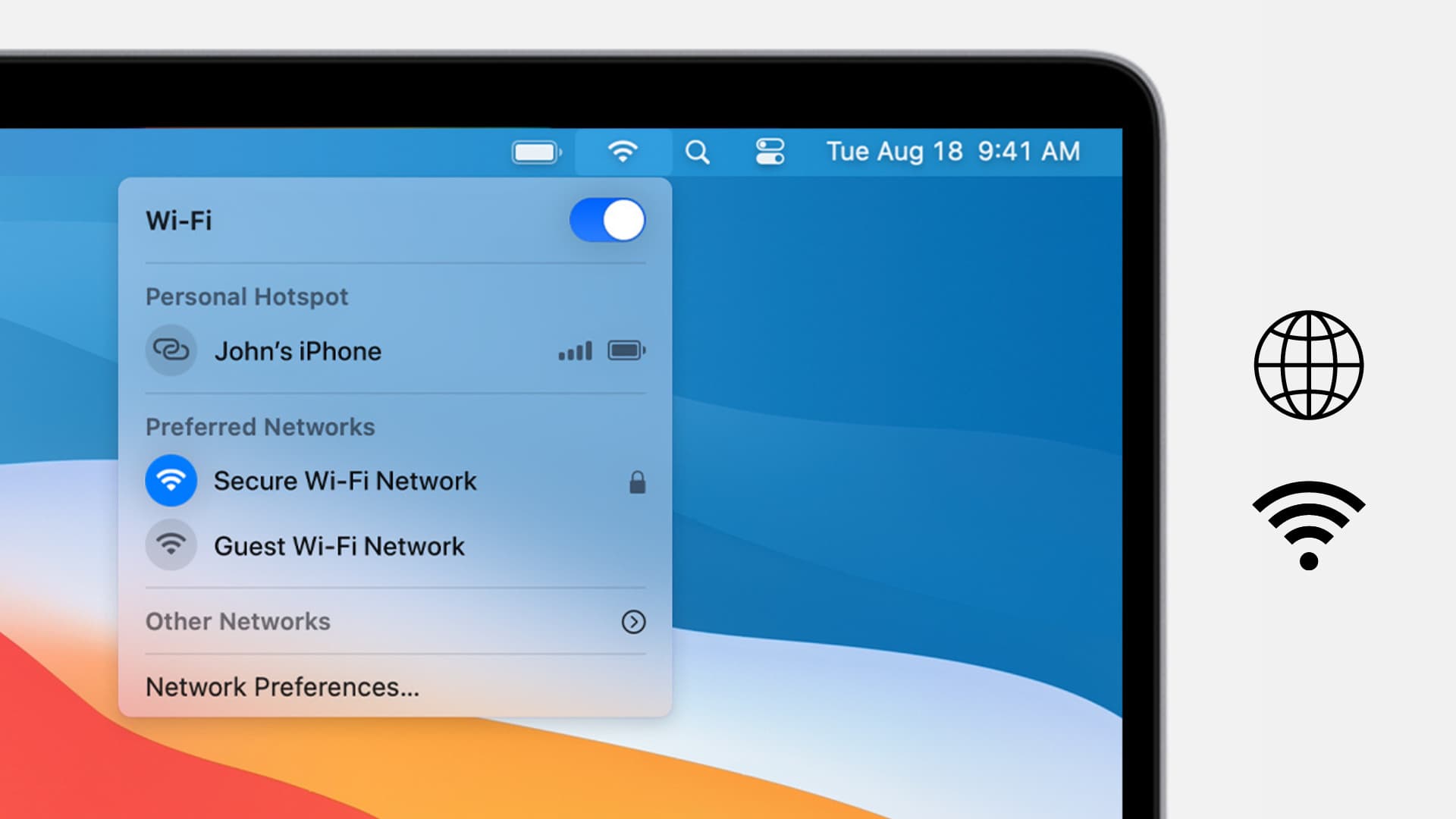What Is a MAC Address?
A MAC address, short for Media Access Control address, is a unique identifier assigned to a network interface controller (NIC). It is a hardware address that is permanently embedded on the NIC by its manufacturer. Each device that connects to a local area network (LAN) or a wide area network (WAN) is assigned a MAC address. This address allows devices to communicate and transfer data within a network.
A MAC address is made up of six pairs of hexadecimal digits (0-9 and A-F) separated by colons or hyphens. For example, a MAC address may look like this: 00:1A:2B:3C:4D:5E. The first three pairs of digits identify the manufacturer of the device, while the last three pairs are assigned by the manufacturer and serve as a unique identifier for the device.
It’s important to note that a MAC address is different from an IP address. While an IP address is used for network routing, a MAC address is used for identifying a specific device on a network. Think of it as a digital fingerprint for each device.
MAC addresses play a crucial role in the functioning of network protocols, such as Ethernet and Wi-Fi. When data is sent over a network, it is encapsulated in packets. These packets contain the source and destination MAC addresses. This allows the data to be routed accurately to its intended recipient.
In summary, a MAC address is a unique identifier assigned to a network interface controller. It allows devices to communicate and transfer data within a network. While an IP address is used for routing, a MAC address is used for device identification. Understanding MAC addresses is essential for troubleshooting network issues and configuring network devices.
How Does a MAC Address Work?
A MAC address is an essential component in the functioning of network communication. It enables the identification and communication between devices within a network. Let’s take a closer look at how a MAC address works.
When a device wants to send data to another device on a network, it needs the MAC address of the destination device. The sending device checks its own ARP (Address Resolution Protocol) cache to see if it already has the MAC address of the destination device. If it doesn’t have it, it sends an ARP request to the network, asking for the MAC address associated with the IP address of the recipient device.
The ARP request is broadcasted to all devices within the network, and the device with the matching IP address replies with its MAC address. Once the sending device receives the MAC address of the recipient, it can encapsulate the data into packets and include the source and destination MAC addresses in the packet headers.
When the packet reaches a network switch or router, it reads the destination MAC address and checks its forwarding table to determine the appropriate port to send the packet to. The switch or router then forwards the packet to the next device along the path until it reaches the destination device.
Upon receiving the packet, the destination device checks if the destination MAC address matches its own MAC address. If it does, the packet is accepted and processed. If the MAC address doesn’t match, the packet is discarded, as it is not intended for that device.
In a wireless network, the process is similar. However, instead of a network switch, a wireless access point (WAP) is responsible for receiving and forwarding the packets based on the MAC addresses.
In summary, the MAC address allows devices to identify and communicate with each other within a network. It is used by devices to encapsulate data into packets and by network switches and routers to forward the packets to the correct destination. Understanding how MAC addresses work is fundamental in troubleshooting network issues and ensuring smooth communication within a network.
The Structure of a MAC Address
A MAC address, also known as a physical address, is composed of six pairs of hexadecimal digits. Each pair represents a group of 8 bits, or a byte. The hexadecimal numbering system uses a combination of numbers (0-9) and letters (A-F) to represent values from 0 to 15. This structure allows for a wide range of possible MAC addresses.
The first three pairs of digits in a MAC address are known as the Organizationally Unique Identifier (OUI). These digits identify the manufacturer of the device. The OUI is assigned by the Institute of Electrical and Electronics Engineers (IEEE) to each authorized manufacturer. By looking at the first three pairs of digits, you can determine the manufacturer of a device.
The last three pairs of digits in a MAC address are assigned by the manufacturer and serve as a unique identifier for the specific device. These digits are often referred to as the NIC-specific or device-specific part of the MAC address.
It’s important to note that the structure of a MAC address allows for a vast number of possibilities. This means that the chance of two devices having the same MAC address is extremely low, making it a reliable method for device identification within a network.
MAC addresses can be represented using different notations. The most common notations are colon-separated (e.g., 00:1A:2B:3C:4D:5E) and hyphen-separated (e.g., 00-1A-2B-3C-4D-5E). Some devices may also display the MAC address in a condensed form without separators. Regardless of the notation, the structure and uniqueness of the MAC address remain the same.
When troubleshooting network issues, understanding the structure of a MAC address can be helpful. By recognizing the OUI portion of a MAC address, you can quickly identify the manufacturer of a device, which can provide valuable insights into compatibility and configuration requirements.
In summary, a MAC address has a structured format consisting of six pairs of hexadecimal digits. The first three pairs indicate the manufacturer, while the last three pairs serve as a unique identifier for the device. Recognizing the structure of a MAC address can aid in troubleshooting network problems and understanding device compatibility.
Finding the MAC Address on Different Devices
The process of finding the MAC address may vary depending on the device and operating system you are using. Let’s take a look at how to find the MAC address on different devices.
Windows: On Windows, you can find the MAC address by following these steps:
- Click on the Start menu and open the Command Prompt.
- Type “ipconfig /all” and press Enter.
- Look for the “Physical Address” under the Ethernet adapter or Wireless LAN adapter section. The value next to it is the MAC address.
Mac: On a Mac, finding the MAC address can be done as follows:
- Click on the Apple menu and select “System Preferences”.
- Choose “Network” and select the relevant network connection (Ethernet or Wi-Fi).
- Click on the “Advanced” button.
- Go to the “Hardware” tab, and you will find the MAC address listed as “Ethernet ID” or “Wi-Fi ID”.
Linux: On Linux, the steps for finding the MAC address may vary depending on the distribution and interface. However, a common method is through the command line using the “ifconfig” command.
Android: To find the MAC address on an Android device, follow these steps:
- Go to the “Settings” app.
- Select “About phone” or “About device”.
- Tap on “Status” or “Phone identity”.
- Look for the “Wi-Fi MAC address” or “Ethernet MAC address”.
iOS: On an iPhone or iPad, you can find the MAC address by doing the following:
- Open the “Settings” app.
- Select “General” and then “About”.
- Scroll down and look for “Wi-Fi Address”. This is the MAC address of your device.
It’s important to note that device manufacturers may have variations in their user interfaces, so the steps above may not be identical for all devices. However, they serve as a general guide to help you find the MAC address on various platforms.
In summary, finding the MAC address on different devices involves navigating through the device’s system settings or using command line tools. The specific steps may vary depending on the device and operating system, but the process generally involves accessing network settings or system information to locate the MAC address.
Changing or Spoofing a MAC Address
Changing or spoofing a MAC address refers to the process of modifying the unique identifier of a network interface controller to mimic a different MAC address. While this feature can be useful in certain situations, such as troubleshooting or privacy concerns, it is important to understand the implications and limitations.
Changing a MAC address can be done through software or hardware methods, depending on the device and operating system. Here are the general steps to change or spoof a MAC address:
- Software Method:
- Find a suitable MAC address spoofing software or utility for your device and operating system.
- Open the software and enter the desired MAC address or generate a random one within the appropriate range.
- Apply the changes and restart the network interface for the new MAC address to take effect.
- Hardware Method:
- Replace the network interface controller (NIC) with a different one that has a desired MAC address. This method is more commonly used with external NICs or USB adapters.
- Configure the new NIC with the desired MAC address.
- Ensure that the device recognizes the new NIC as the primary network interface and disable the built-in NIC if necessary.
It is important to note that while changing or spoofing a MAC address can provide temporary anonymity or access to restricted networks, it may violate the terms of service for certain networks. Additionally, some networks or systems have security measures in place to detect and block spoofed MAC addresses.
Using spoofed MAC addresses can also cause disruptions and conflicts on the network, especially if multiple devices with the same MAC address are present. Therefore, it is crucial to use caution and ensure that the changes are made for legitimate purposes and within legal boundaries.
In summary, changing or spoofing a MAC address involves modifying the unique identifier of a network interface controller. This can be done through software or hardware methods, although caution should be exercised to avoid violating network policies or causing conflicts. Understanding the implications and limitations of changing a MAC address is essential to ensure proper network functioning and compliance with regulations.
The Importance of MAC Address in WiFi Security
The MAC address plays a vital role in enhancing the security of WiFi networks. By leveraging the MAC address, network administrators can implement various security measures to control network access and prevent unauthorized devices from connecting. Let’s delve into the importance of the MAC address in WiFi security.
Device Authentication: MAC addresses serve as unique identifiers for devices connecting to a WiFi network. Network administrators can create an approved list of MAC addresses, also known as a whitelist, which contains the MAC addresses of authorized devices. Only devices with MAC addresses present in this list are granted access to the WiFi network, while all others are denied.
Access Control: The MAC address can be used to enforce access control policies on a WiFi network. By configuring the network settings, administrators can specify which devices are allowed to connect during certain times or restrict access from specific MAC addresses altogether.
Network Monitoring: Monitoring MAC addresses within a WiFi network helps to detect and respond to potential security threats. Network administrators can track and log the MAC addresses of connected devices, allowing them to identify any unauthorized or suspicious activity on the network. Any unknown MAC addresses can be investigated and addressed promptly.
WiFi Spoofing Prevention: MAC addresses can help prevent WiFi spoofing. WiFi spoofing involves an attacker trying to impersonate a legitimate WiFi access point by transmitting signals with the same network name (SSID). However, since the MAC address is unique to each access point, devices can compare the MAC address of the detected network with the known legitimate MAC address. If a mismatch is detected, devices can alert the user or refuse to connect to the potentially fraudulent WiFi network.
Secure Device Pairing: MAC addresses facilitate secure device pairing in WiFi networks that support features like WPS (WiFi Protected Setup). By checking the MAC address of the newly connecting device against the trusted list, devices can ensure that only authorized devices can establish a connection.
MAC Filter Firewall: Routers and access points can utilize MAC address filtering as a firewall measure. By configuring a MAC filter on the network device, specific MAC addresses can be blocked, allowing network administrators to restrict access to unwanted or suspicious devices.
In summary, the MAC address plays a crucial role in WiFi security. It enables device authentication, access control, network monitoring, WiFi spoofing prevention, secure device pairing, and MAC filter firewalls. By leveraging the unique MAC address of each device, network administrators can enhance the security and integrity of their WiFi networks.







